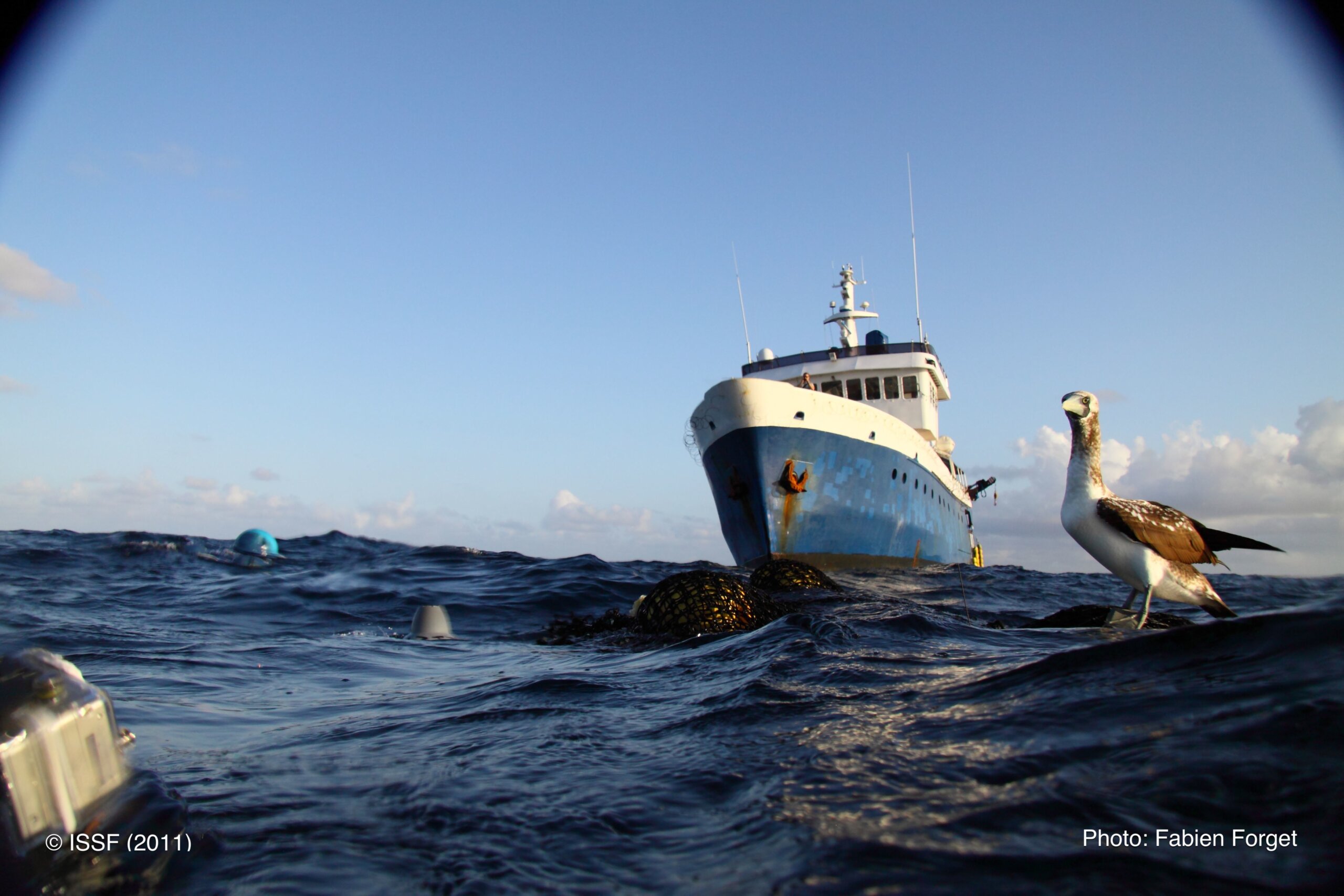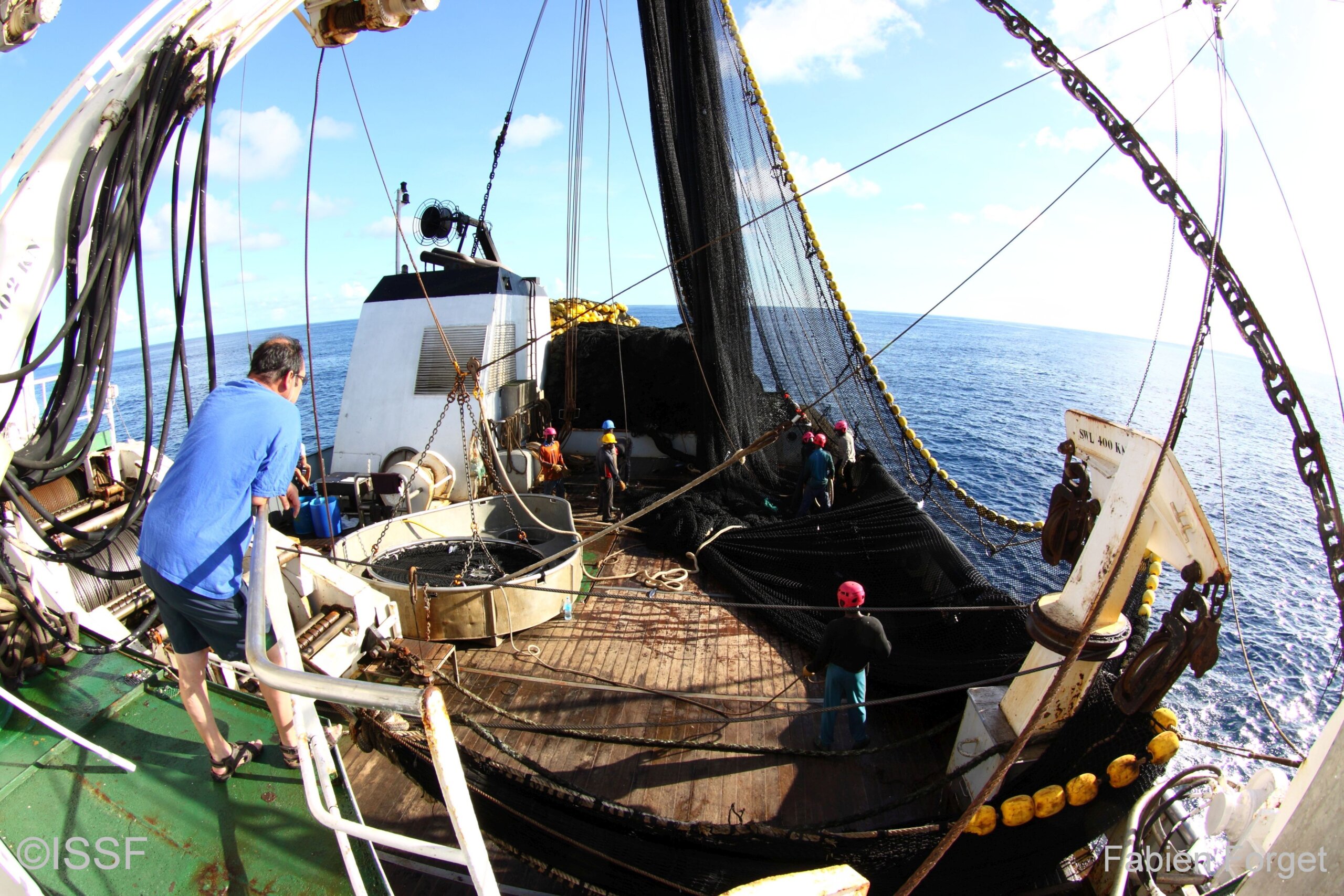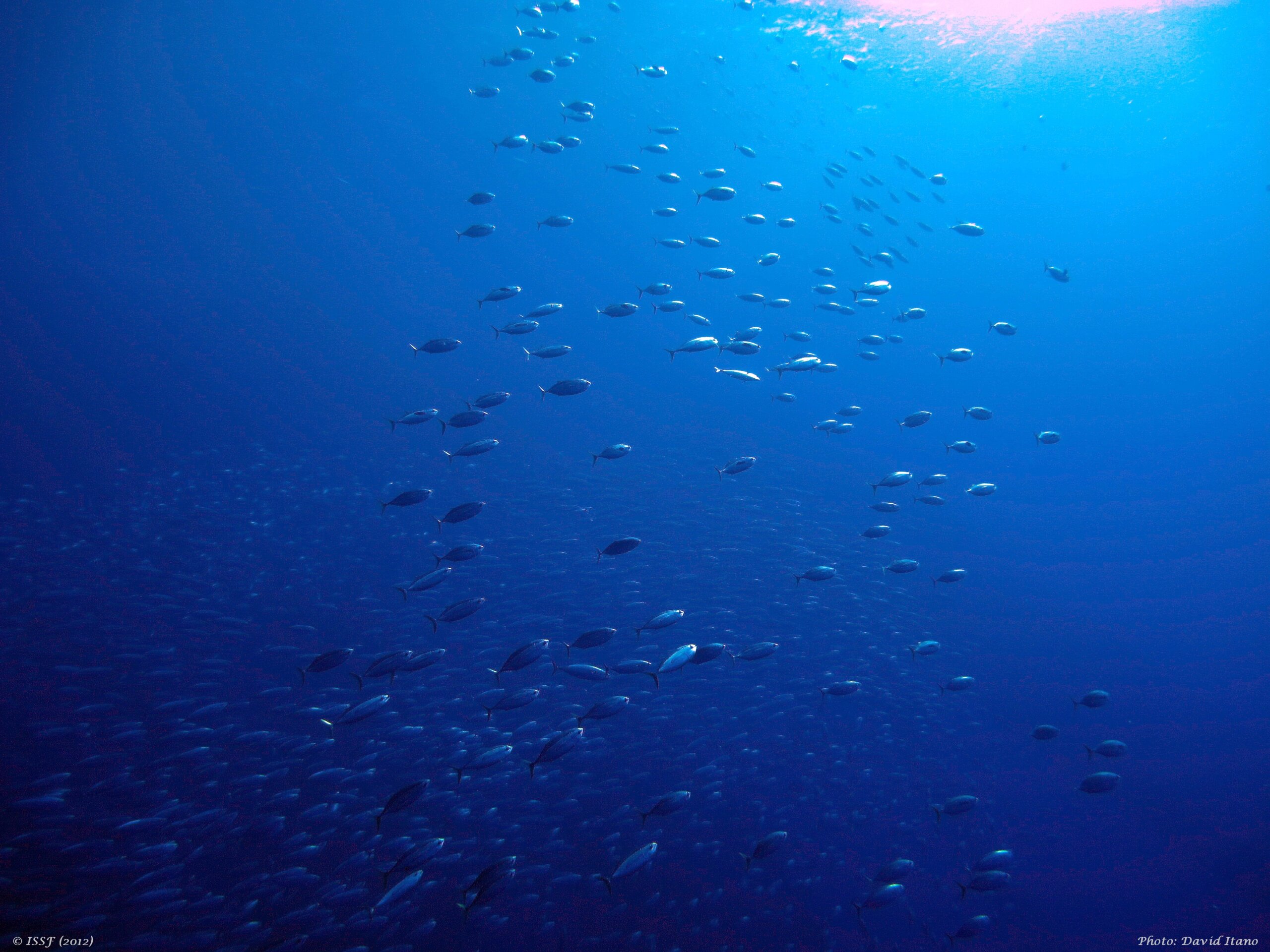Improving Monitoring, Control and Surveillance Tools in Indian Ocean Tuna Fisheries
Miguel Herrera is Deputy Manager of OPAGAC (Organización de Productores Asociados de Grandes Atuneros Congeladores), an association of eight tuna purse seine fishing companies and forty large-scale tuna purse seiners that operate worldwide. Prior to OPAGAC, Miguel headed the Spanish Fisheries Office and spent over fifteen years working for the Indian Ocean Tuna Commission (IOTC). He has a degree in Biology (Zoology) from Universidad Complutense in Madrid, Spain.
Stakeholders in Indian Ocean tuna fisheries recently pooled resources for an important first in the Seychelles region. Several organizations are charged with collaborating to build capacity on the use of electronic monitoring systems (EMS) on fishing vessels there:
- Common Oceans ABNJ Tuna Project — supported by the Global Environment Facility (GEF) and implemented by Food and Agriculture Organization (FAO) of the United Nations and 19 partners
- Seychelles Fishing Authority (SFA)
- Organization of Associated Producers of Large Tuna Freezers (OPAGAC)
These groups are evaluating the feasibility of using EMS for monitoring, control and surveillance (MCS) of Seychelles-flagged fishing vessels, as well as of foreign-flagged vessels licensed to operate in the Seychelles. While the Common Oceans ABNJ Tuna Project has been involved with EMS in the Pacific and Atlantic — in in Fiji and Ghana, respectively — the Seychelles project is its first EMS activity in the Indian Ocean, which accounts for about 20% of the world’s tuna production.
The EMS equipment in Seychelles includes 7 cameras aboard a 4,428-ton purse seine vessel called Intertuna Tres and the same number of cameras on a 3,445-ton purse seine vessel, the Galerna III. The cameras are recording 24/7. Their placement in different parts of the vessel allows for a complete and simultaneous monitoring of all steps in fishing operations: as the set is made; when the catch is brailed or hauled on board; during sorting of the target tunas and bycatch species; and, finally, storing the catch into freezing wells. It also allows for direct monitoring of the environment around the vessels.
All of these data are stored with the exact time and position of every event. “Dry” or land-based observers from the SFA — observers who work on land rather than at sea on the vessel — have been trained to use the equipment and software to review and analyze the videos and record data. All dry observers had substantial previous experience as at-sea observers aboard tuna purse seines. The data reviewed by the dry observers will also be validated independently.
The project has also trained port samplers at the SFA on conducting port oversampling of catches, i.e., sampling a much larger number of fish than usual, from trips monitored through EMS. Estimating the species composition of purse seine catches at sea can be difficult, because large volumes of fish — up to five tons at a time — are sent to fish wells quickly.
Using EMS technology to estimate tuna species composition is a compelling component of the Seychelles activity, sampling much larger numbers of fish than a human could. The catches estimated using data obtained from port oversampling will be used to ensure that EMS provides good estimates of catch and size distribution per species and fishing set. Improving the accuracy of these data will help to improve the stock assessments and ecosystem impacts of the purse seine fishery that form the scientific basis for fisheries management in the region.
It is important to remember that purse seiners are not the only vessels in need of improved MCS in tuna fisheries. Lessons learned on this activity, and during the other EMS studies, will be applied to further research on EMS feasibility for longline vessels and other gear types. Results from activities like these could showcase the results and effectiveness of electronic monitoring, serving as powerful examples of the tool’s value across all fisheries.
RFMOs and vessel operators can look to projects like these to evaluate and invest in the value of this technology as one tool among many to increase the global sustainability of fisheries.
=====================================================================================
The International Seafood Sustainability Foundation (ISSF) has supported related EMS pilot studies in other regions and is a partner in the EMS activities of the Common Oceans ABNJ Tuna Project in Ghana. ISSF has drafted standards for the implementation of EMS and advocates universally for stronger MCS measures like EMS at tuna RFMOs.


